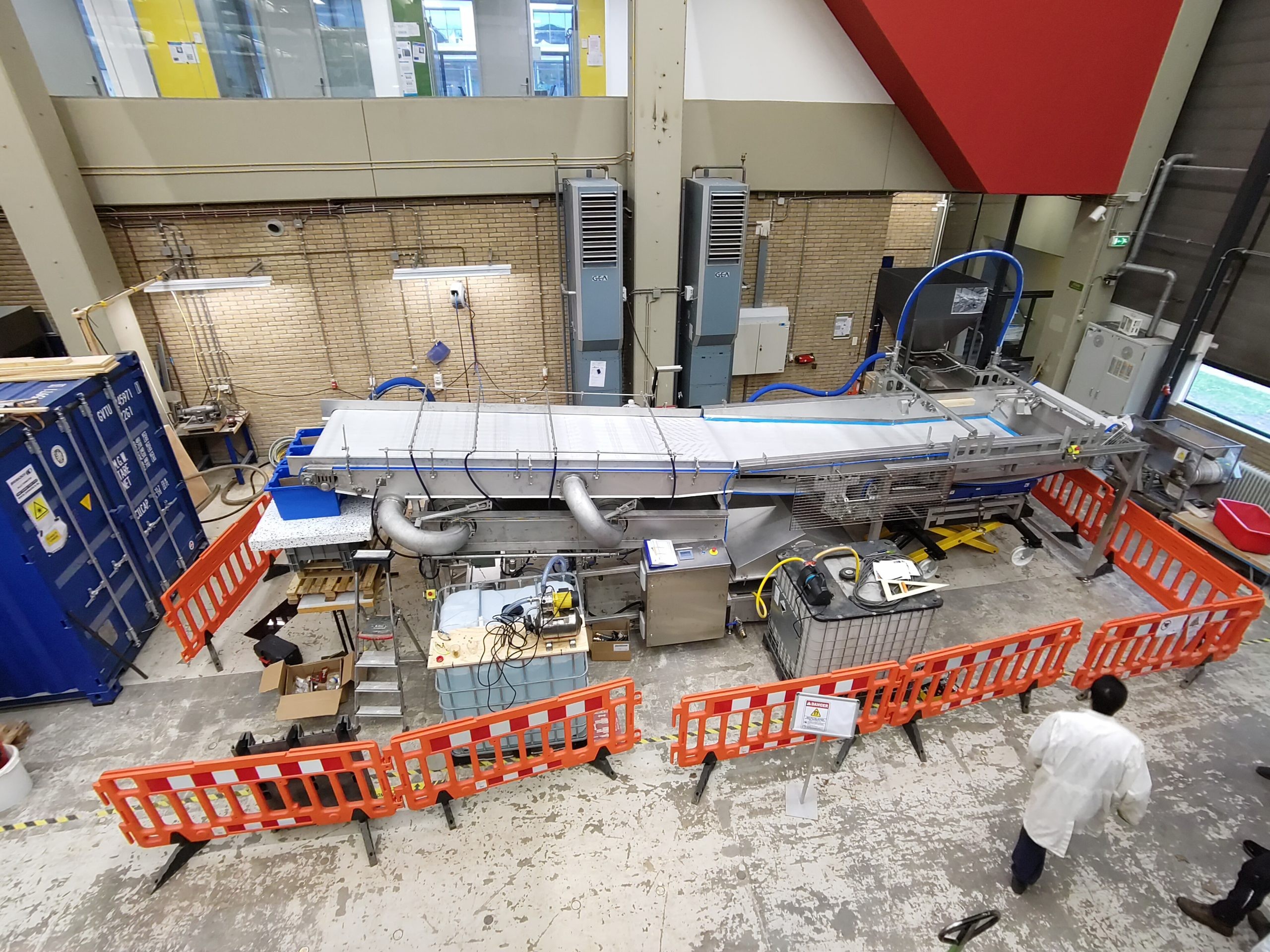PEACOC innovations in WEEE recycling enter industrial scale
Next time you’re holding onto electronics, letting them sit in your households and companies’ warehouses, consider the valuable resources locked inside. A typical printed circuit board assembly [PCBA] – the backbone of most electronic devices can contain traces of gold (Au), silver (Ag), palladium (Pd) and copper (Cu) as main conductor. Despite the richness of valuable materials, these components are difficult to recycle, mainly due to the design complexity and the technological challenges.
At EU level, Waste Electrical and Electronic Equipment [WEEE] management strategies prioritise metal recovery. And rightfully so, looking at the continuously increasing production of e-waste, which creates an urban stock of various metals, in particular precious metals and rare earth elements. Globally, e-waste is rising faster than formal collection. According to the Global E-waste Monitor 2024 and WEEE Forum, the world’s generation of electronic waste is rising five time faster than documented recycling”. Europe performs better in tracking its recycling rate, according to recent E-Waste Report by UNITAR. But despite an incentivising policy landscape, EU’s ‘books’ show less than 50 % of generated e-waste is formally collected and recycled.
Magnetic Density Separation. A journey from lab to the market
Through numerous funding mechanisms and schemes, the EU has long supported research and innovation [R&I] initiatives contributing to its sustainable development agenda. But turning research into real-world solutions is a key challenge for EU-funded projects. PEACOC, short for “Pre-commercial pilot for the Efficient recovery of precious metals from European end-of-life resources with novel low-cost technologies” is already addressing this challenge. It proposes, among other innovative technologies, a novel sorting process to recover precious metals, such as Au, Ag and Pd, from end-of-life [EoL] PCBAs.
This innovative process has been coined Magnetic Density Separation [MDS] by researchers at TU Delft, Resources and Recycling Section. It has been developed and patented within the framework of PEACOC, and it is already exploited in industrial applications. Explained by its title, the process relies on a gravity sorting technology that separates particles according to their density differences. Unlike traditional density separation methods that rely on static settling, the MDS uses controlled particle sliding in a magnetically induced density medium. This enables continuous and highly precise separation, addressing one of the biggest challenges in WEEE recycling – the complexity of mixed material assemblies. TU Delft researchers promise to continue improving the process, bringing new updates that will turn the process even more efficient.
Within the framework of PEACOC, the MDS was tested on waste PCBAs and demonstrated high throughput, processing up to 1 tonne waste/hour. Now, the MDS technology has integrated the processing lines of MYNE – a Dutch company specialised in e-waste and cable harness recycling. The pilot, upgraded with a conveyor belt for continuous component removal, has already been operating at industrial scale, processing up to 2 tonnes of e-waste per hour [e.g. electrical cables].
This success story is one of the numerous examples where the EU R&I sector delivers. But beyond that, the industrial deployment of the Magnetic Density Separation shows how EU-funded research can materialise into tangible impact that supports objectives of the Circular Economy Action Plan and the WEEE Directive. With successful stories built in Europe, there is hope we will finally close the loop for WEEE.
© photo: TU Delft and Myne

 This
project has received funding from the European Union’s
Horizon 2020 research and innovation programme under grant
agreement No 958302.
This
project has received funding from the European Union’s
Horizon 2020 research and innovation programme under grant
agreement No 958302.